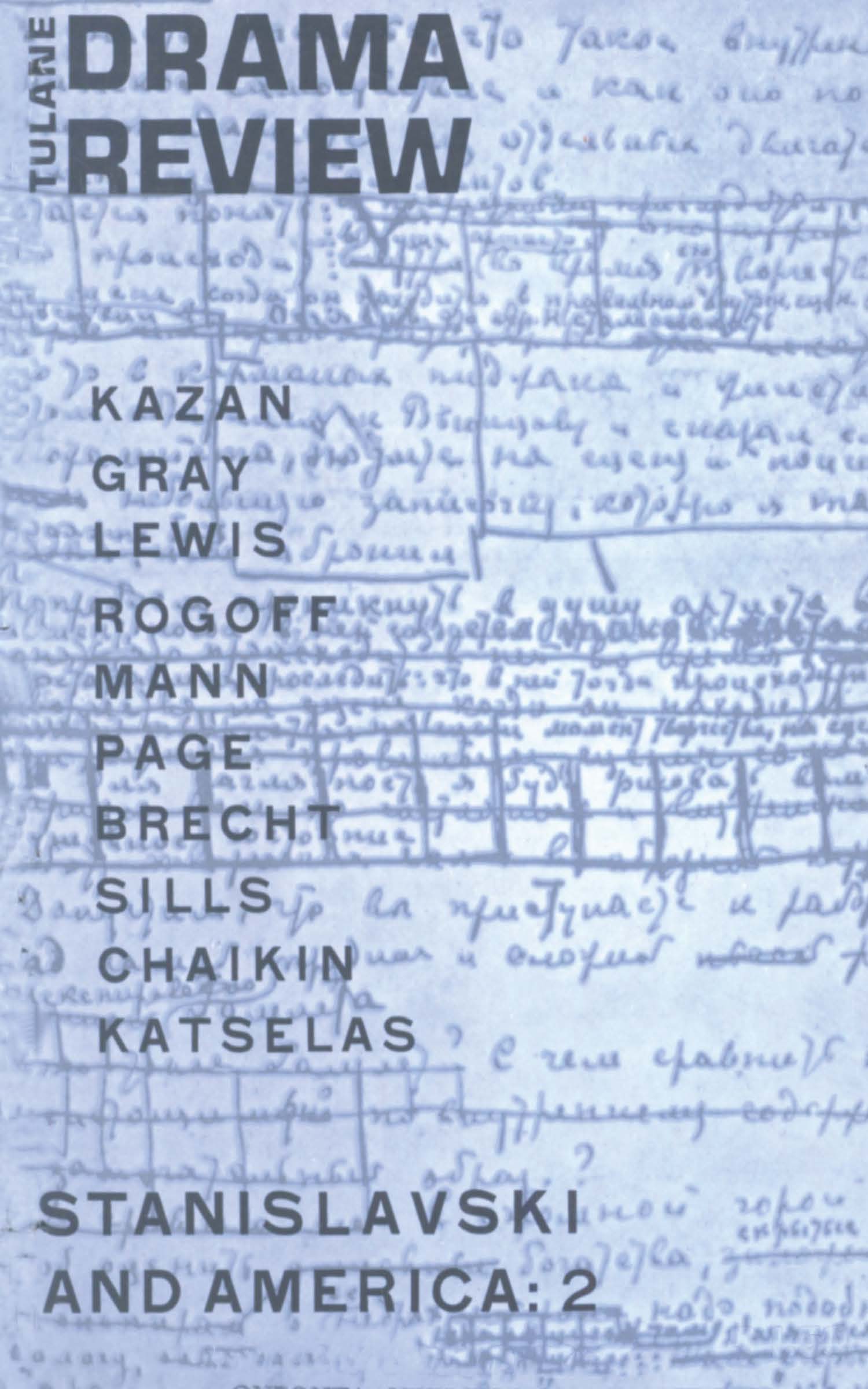No CrossRef data available.
Article contents
Shakespeare's Subtext: I
Published online by Cambridge University Press: 14 February 2022
Extract
Today every actor understands what is meant by “subtext.” But it is a new word. It is not listed in The New English Dictionary or its Supplement of 1939. It comes from the Moscow Art Theatre and is associated with the “Method.” When we use the word, we are usually talking about twentieth century acting, an art distinguished by its conscious attempt to portray the subconscious nature of man, its “psychological” truth. For Stanislavsky, “subtext” was:
… the manifest, the inwardly felt expression of a human being in a part, which flows uninterruptedly beneath the words of the text, giving them life and a basis for existing.
He used the word as a means of talking about the “inner truth” of a play, its “inner action,” “inner images,” “inner motives,” “inner line,” “inner tempo.” And all these concepts were particularly applicable to the revolutionary plays of Chekhov.
- Type
- Research Article
- Information
- Copyright
- Copyright © 1963 The Tulane Drama Review
References
1 Building a Character, tr. Hapgood, Elizabeth R. (Theatre Arts Books, 1950), p. 113.Google Scholar
2 See, for example, My Life in Art (Meridian Books, 1956), pp. 350- 351.
3 Ibid., pp. 349-350.
4 Ibid., p. 375.
5 Quoted in Plays and Players (1957); italics mine.
6 A notable exception is Ellis-Fermor, Una , whose posthumous Shakespeare the Dramatist (Barnes and Noble, 1961)Google Scholar deduces something of the subtextual reality of Coriolanus from “secret impressions” in the text itself.


